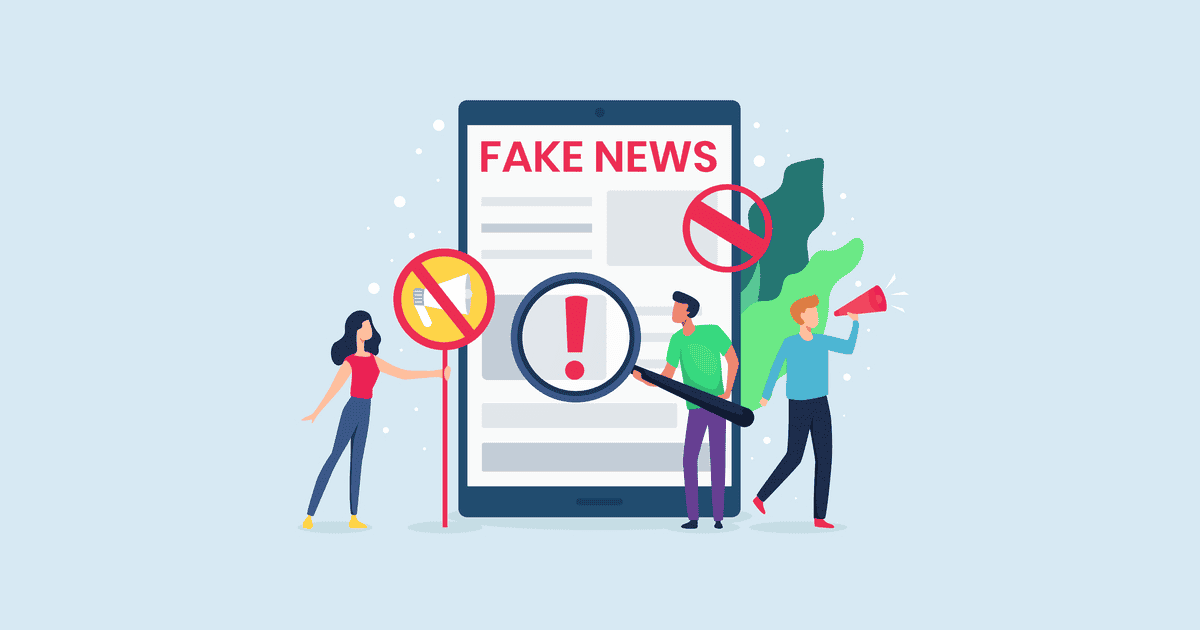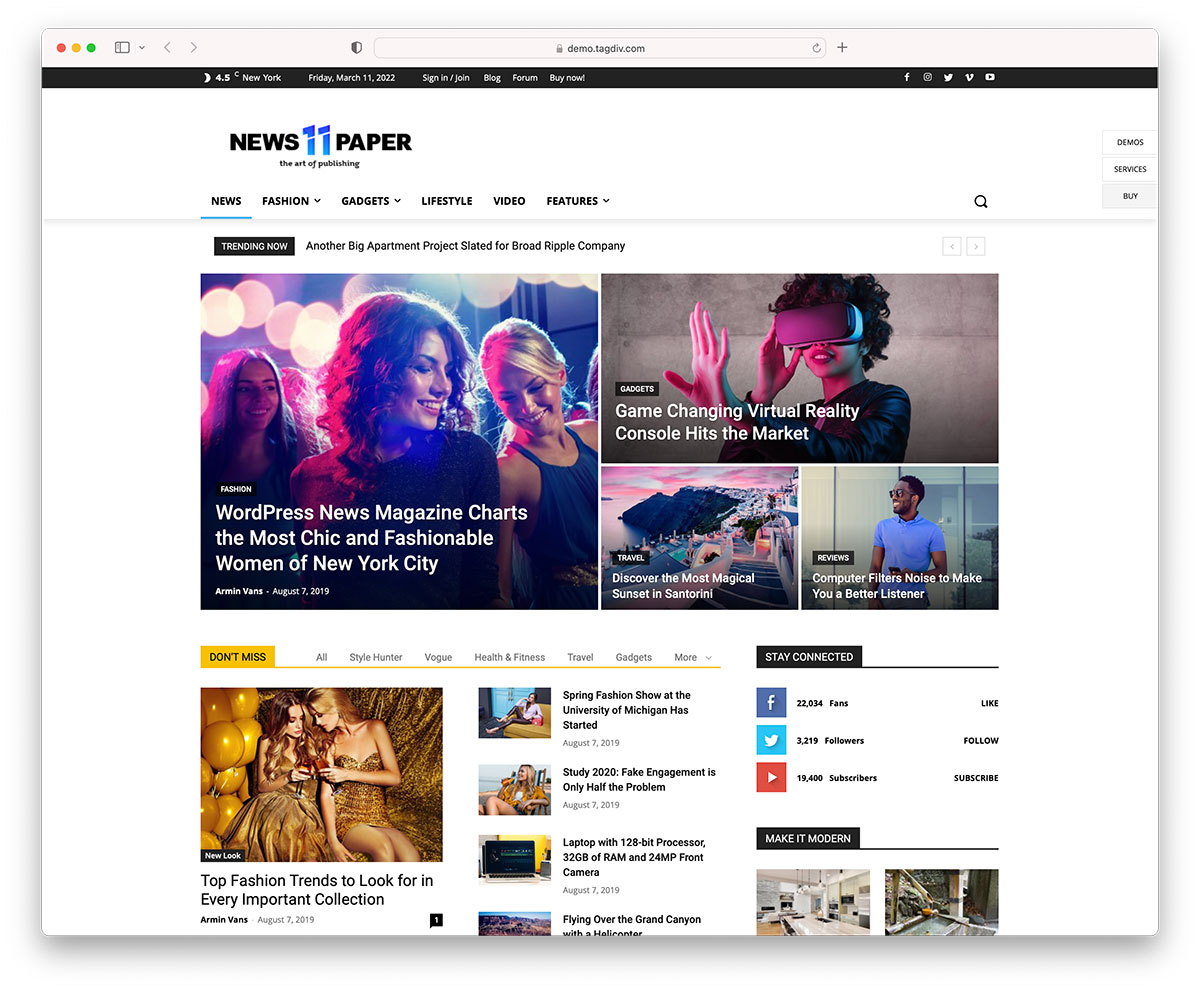Popular News Can Be Fun For Anyone
Wiki Article
The Ultimate Guide To Popular News
Table of ContentsPopular News Can Be Fun For Anyone3 Simple Techniques For Popular NewsPopular News Can Be Fun For EveryoneThe Single Strategy To Use For Popular News
Age is additionally a factor in the way people see the function of social networks. More youthful social networks news consumers are most likely to claim it has affected their understanding right. Concerning half of social media information customers ages 18 to 29 (48%) say information on social media makes them much better informed, compared to 37% of those 30 to 49, 28% of those 50 to 64, and 27% of those 65 and older.
Study on a state's brand-new tax code likely will not produce the same interest throughout state boundaries. Sometimes professionals can aid center a larger nationwide tale that influences even more than just a city or state.
If you are publishing newsworthy study, loophole in MarComm before the write-up being released so that the pitch can emphasize the latest aspect of the tale: the publication of the research study - Popular News. Occasions and news that involve high-profile numbers are much more likely to produce media coverage. Visits from nationwide figures usually need months of prep work because of awaited neighborhood passion
The 5-Minute Rule for Popular News
Stories often entail some kind of problem. By interpretation, these stories are almost constantly controversial to some extent. College personnel and professors are typically viewed as objective specialists. We can help alleviate potential reputational danger with these tales while also boosting the odds of producing insurance coverage. While a number of the above information worths are interwoven, human rate of interest tales commonly differ.
Human interest components can add news value to other stories that could appear to be lacking in the other values. The novelty or oddity of a situation can assist influence whether or not a news electrical outlet is most likely to cover a tale. While this is not an extensive list, checking to see if your story or occasion has these qualities before calling us will certainly help you figure out which components hold the most information worth.

There is also substantial proof that even more consumers can start to pay for news in the futureif publishers can understand them and serve them well. Fifty percent of those who do not pay for information actively look for out news and resemble customers in various ways. And nearly 2 in 10 of those that don't register for news currently suggest they are inclined to start to pay in the future.
What Does Popular News Mean?
We then ask a set of inquiries to identify whether people spend for specific kinds of news sources. We asked individuals to call the resources they use most oftenwhether they pay for them or nothow they utilize them, the details things they take into consideration essential concerning them, and some relevant questions regarding the price and value of that resource.
Greater than 4 in 10 also point out the fact that loved ones sign up for the same product. Even more than a 3rd of individuals claim they initially subscribed in feedback to a discount or promotion. In print, people additionally are moved greatly to sign up for get coupons that save them money, something that has untapped implications in electronic.
Things about Popular News
About fifty percent are "news candidates," suggesting they actively look for out news instead than mostly bumping into it in get more an extra passive method, though the news that nonpayers are looking for (in the meantime, a minimum of) is commonly regarding national politics. Like clients, a number of these people also obtain information multiple times a day, use the news in ways similar to customers, and have an interest in similar subjects, including foreign or global information.We asked everyone that informed us they have a regular free source of information just how most likely they would be to pay for it. Even more than a quarter (26 percent) claim basics they would certainly be at least somewhat likely to start spending for itand 10 percent are really or incredibly most likely. These likely payers have a tendency to be information seekers, and they also have a tendency to be people who currently pay for an information subscription in addition to the resource they adhere to absolutely free.
Of those that do pay, 54 percent register for papers in print or electronically, which stands for 29 percent of Americans overall. Most of them get a print publication in addition to their paper and spend for 2 to 4 information resources in total, some even much more. And while 53 percent are veteran subscribers (5+ years), more than a quarter (27 percent) have actually bought their paper subscription within the past year.
Few print subscribers think it likely they will switch to a digital-only membership in the future, and more than half of those who like digital have never ever paid for a print version of the same source (Popular try this web-site News). Totally 75 percent of paper payers claim they primarily read the paper in print, while 21 percent are primarily electronic individuals, and 4 percent explain themselves as evenly divided
Report this wiki page